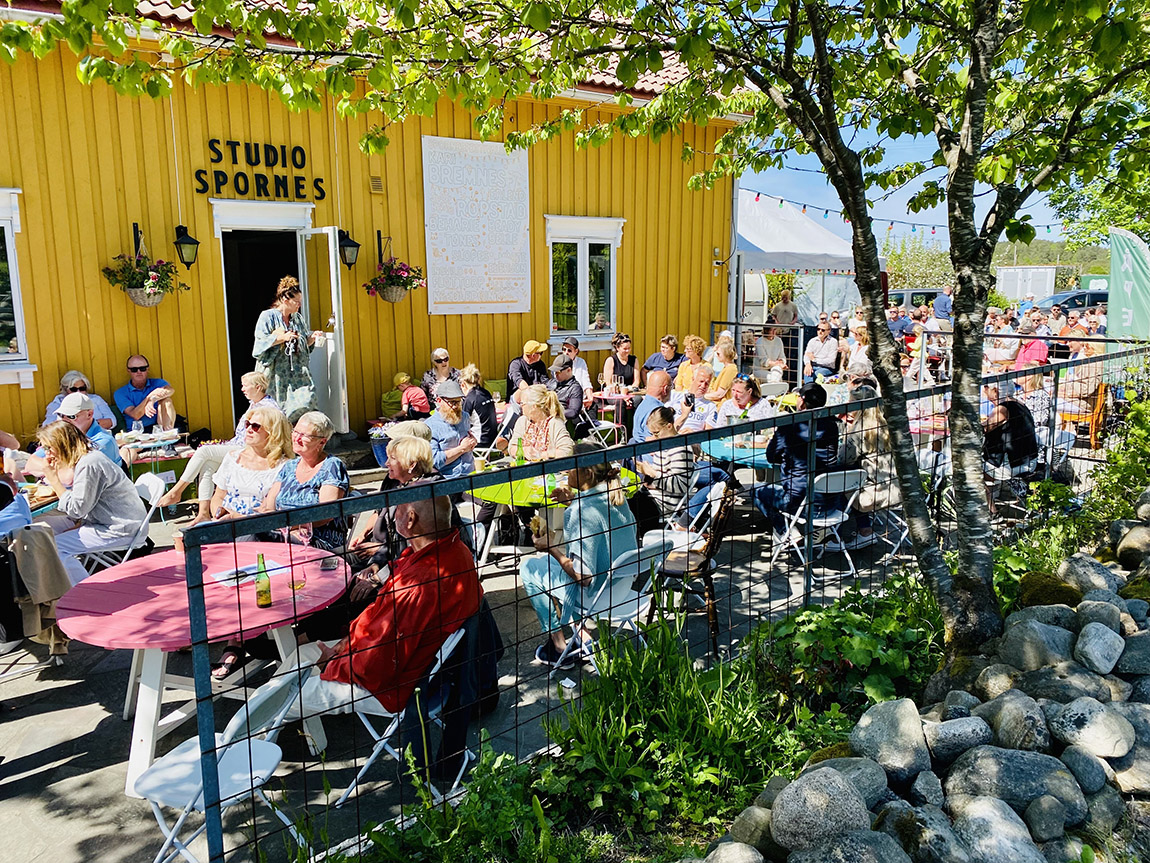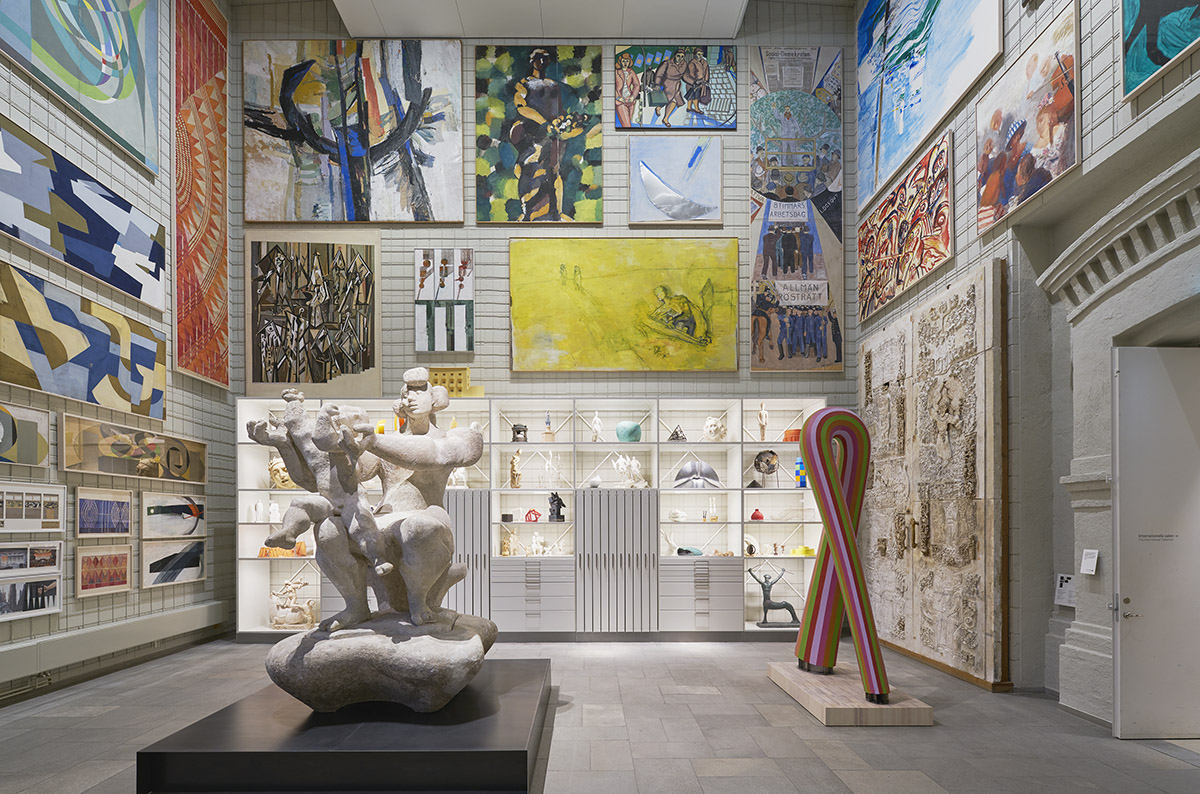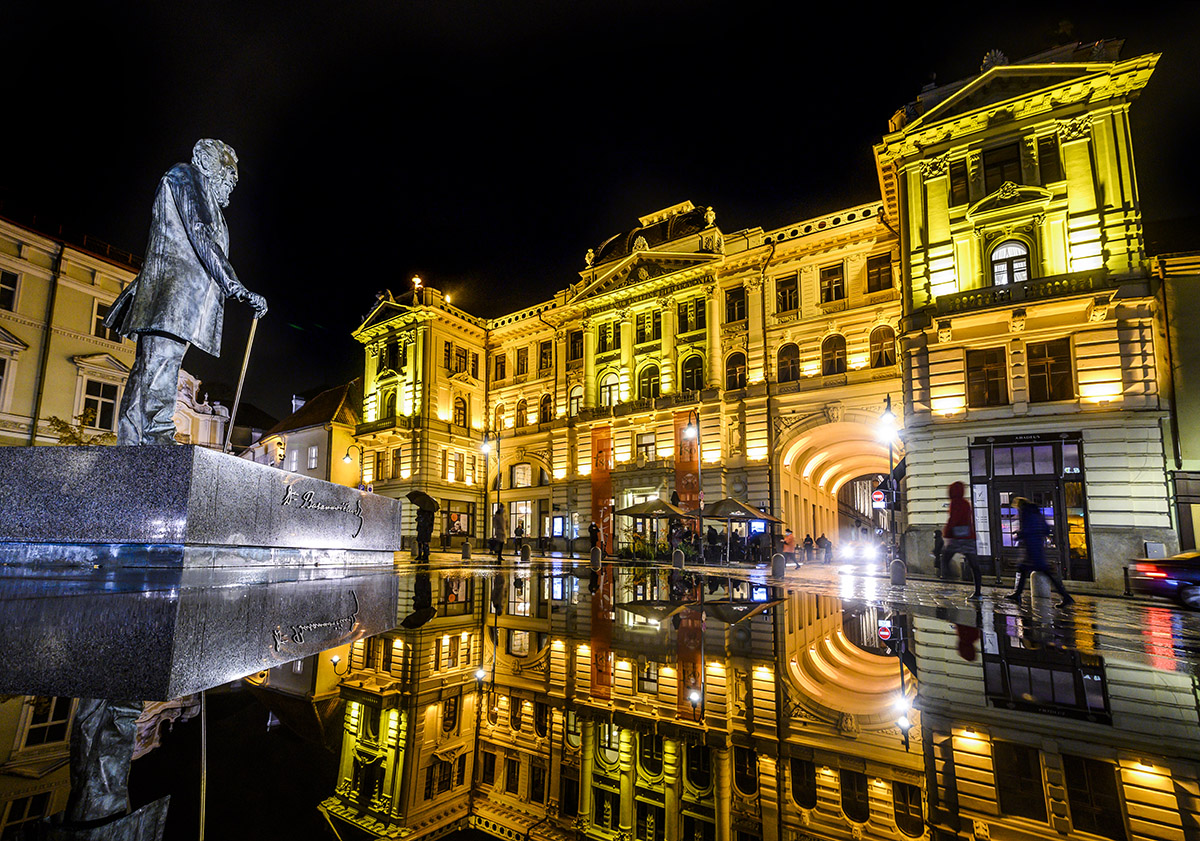Moldejazz: A world-class jazz experience
By Eva-Kristin U. Pedersen

Top notch performances at Moldejazz. Photo: Dagfinn Reppen/Moldejazz
Back in 1961, when it all started, there was no reason – really none whatsoever – to believe that little Molde could become the home of an internationally recognised jazz festival. Yet it did, and now, more than sixty years after, the beats still sound in the small Norwegian town.
The idea for Moldejazz – or more formally Molde International Jazz Festival – stemmed from four local youths, all jazz enthusiasts and members of a local jazz club. “What if we organise an international jazz festival here in Molde?” they said, and with a mix of ingenuity and determination, went on to create one of the biggest adventures of Norwegian music altogether.
Endre Volden, the general manager of Moldejazz, smiles as he tells the intriguing story of how one of Europe’s most famous jazz festivals came to be.
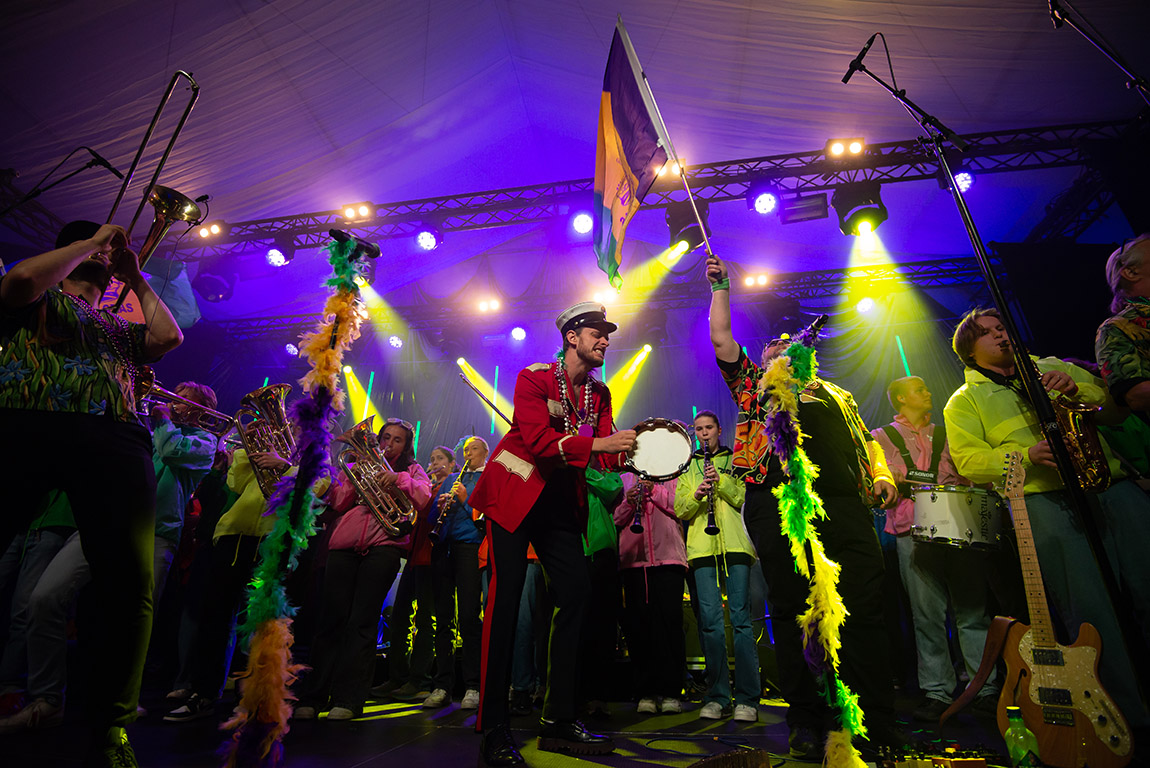
Moldejazz is an internationally renowned jazz festival. Photo: Dagfinn Reppen/Moldejazz
Big names from the start
From outside of Norway, Molde is not straightforward to get to even today, but in the sixties, it was straight up difficult. That, however, did not deter the founders of the festival, who were bent on having international stars come to Molde.
“Already during the first edition, big names came all the way to Molde to perform”, says Volden.
And they kept coming. Over the years, some of the biggest names in international jazz have performed in Molde, including Chick Corea, B.B. King, Missy Elliot, Eric Clapton, Miles Davies, Herbie Hancock, Lauryn Hill, Dizzy Gillespie, Stan Getz, Melody Gardot, Esperanza Spalding and many, many others.
The success was a surprise to everyone, and perhaps most of all to Norwegians, not used to looking at their own distant, tucked-away small towns as attractions.
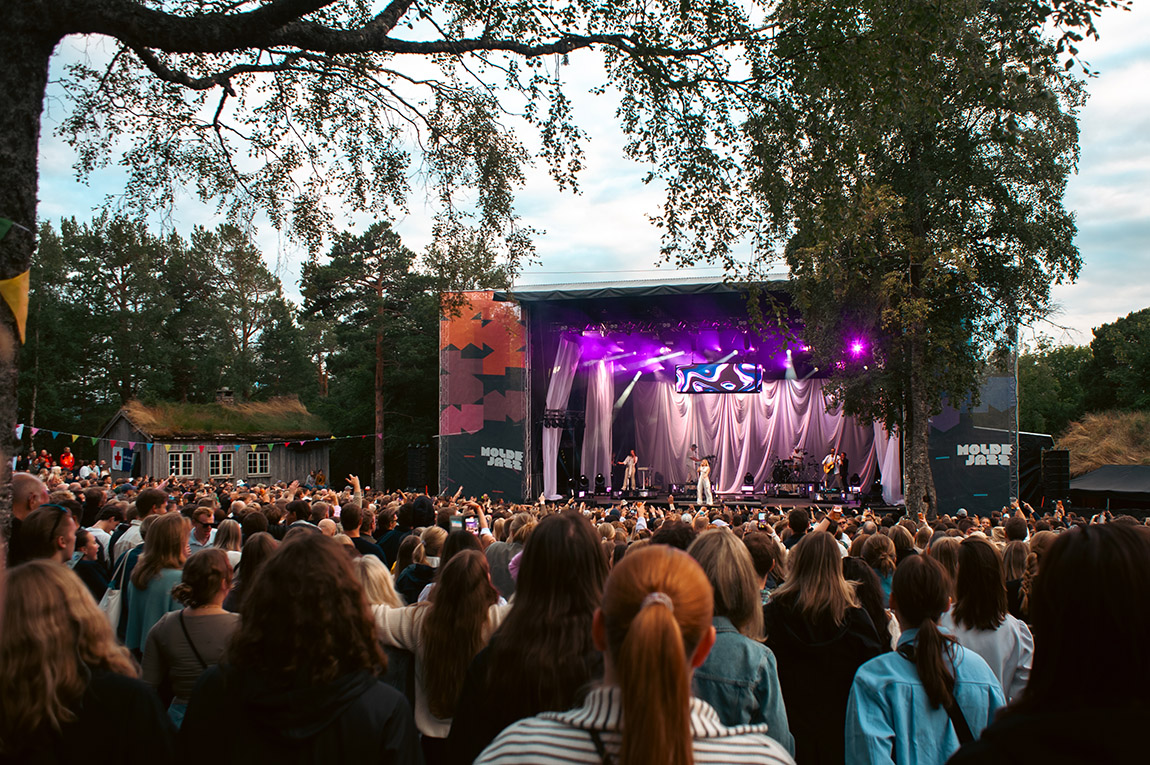
Beautiful music in beautiful surroundings. Photo: Lasse Ibsen Thun/Moldejazz
“Even Norwegian journalists from Oslo were not really sure where they had landed when they came to cover the first editions of Molde International Jazz Festival,” says Ellisif Vestad, head of sales and marketing at the festival.
She cites an article from a local newspaper that made a point of mentioning that people from the capital were not very familiar with this mountainous part of the country.
In fact, it was probably the relative isolation that made Molde an attractive place to perform. There was something exotic about it, something illogic that stood in deep contrast to most other major jazz scenes. Big names came and continue to come to Molde, making it an important stop on the international jazz schedule.
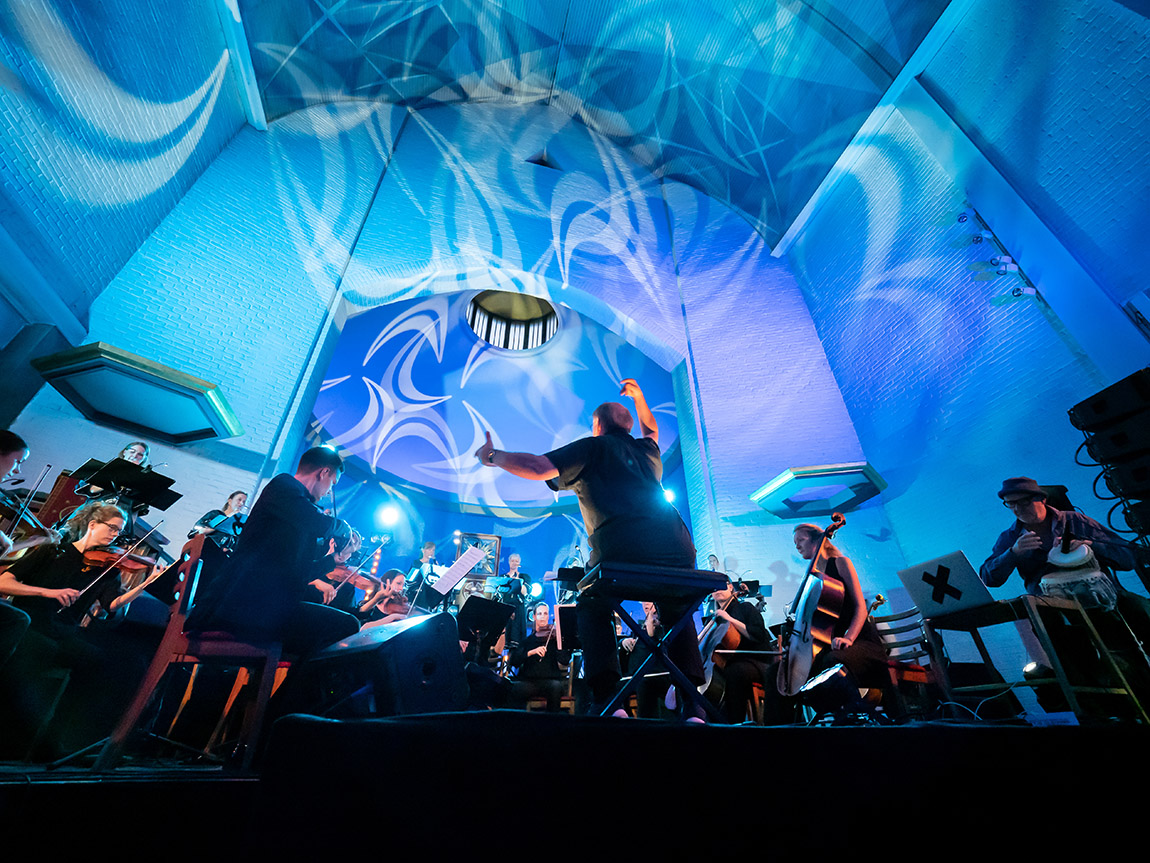
Different genres combine to produce exceptional musical experiences in Molde. Photo: Thor Egil Leirtrø/Moldejazz
A crib for Norwegian jazz – and for musical cross-overs
As it grew, Moldejazz became a crib for Norwegian jazz musicians and greatly contributed to the growth of what has become a celebrated subgenre in its own right: Norwegian Jazz. Sturdy little Norway became a place where musicians could experiment, improvise and play with new sounds and Molde International Jazz Festival both contributed to and benefitted from that development.
The experimental spirit is something the organisers actively nurture also in today’s editions of the festival. Not only do artists come together to create new musical expressions, but the festival actively promotes a mix of genres.
“Because the festival is so important to the local community, we need to also cater for those that do not necessarily enjoy jazz. That’s why we also include artists from other genres, including for example the famous rock band Motorpsycho,” Volden says.
Another genre that frequently features at the festival, is World Music. Close to jazz in many ways, in particular when it comes to improvisations, it is also a genre that is often used as a starting point for developing jazz.
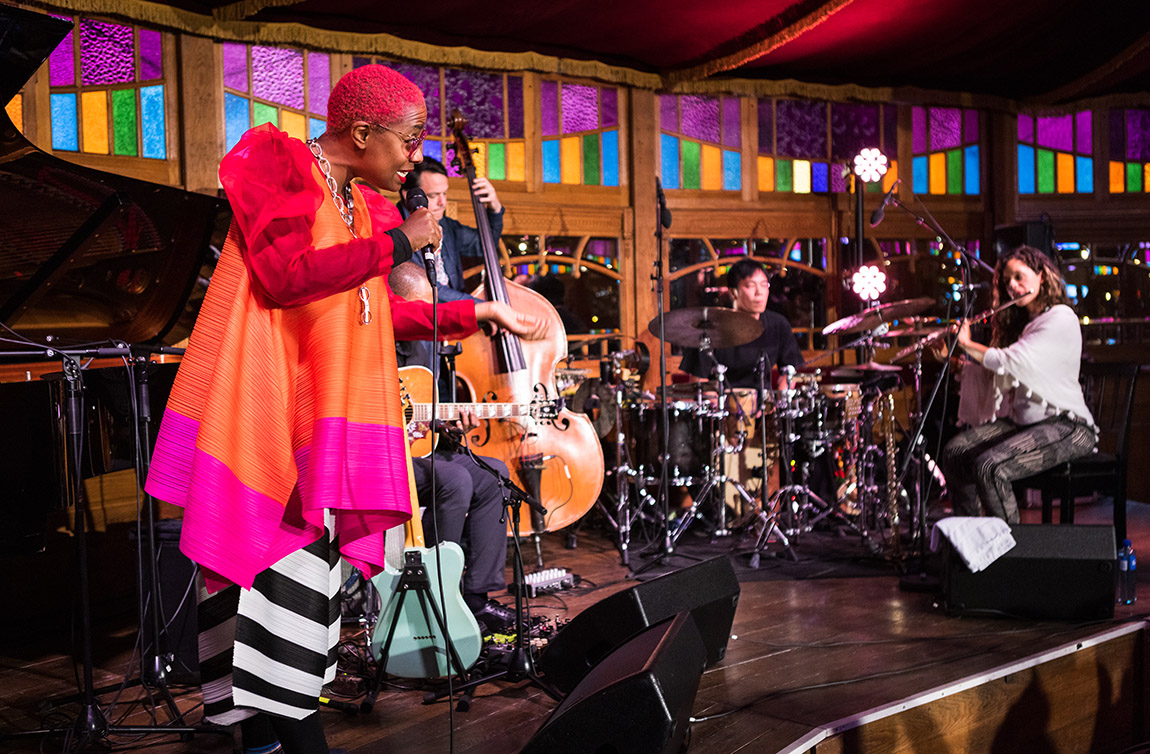
Musicians from all over the world come to Molde to perform. Photo: Ole Bjørn Steinsvik/Moldejazz
Great jazz, innovative gospel and some folk music
Both Volden and Vestad are enthusiastic about the musical experiences the crossover between jazz and other genres has produced on stage in Molde. They expect nothing less from the 2024 edition. Over six eventful days in week 29, there will be some 120 concerts, with 22,000 tickets sold, 500 artists performing and 600 volunteers working around the clock to make everything happen. That’s needed; some 60,000 people visit Molde during the festival.
This year’s program includes big international jazz names, including the Norwegian musician and composer Steinar Raknes, the Trondheim-based vocal group Trondheim Voices, and a large and innovative gospel project from Los Angeles led by renowned artist Jimetta Rose, but also the Norwegian folk band Hellbillies.
The latter is more known for popular gatherings and fairs than international jazz festivals, but that’s just the thing about Molde, it is a community celebration in addition to being a top-notch jazz scene.
In addition, the Artist in Residence this year is the American guitarist, Bill Frisell. In addition to having his or her own concerts, the Artist in Residence has access to the other performers and often develops projects or improvises with the other artists. The Artist in Residence arrangement was introduced to celebrate the festival’s 40th anniversary in 2000.
“Although we also include side concerts of other types, jazz is at the heart of everything we do and the festival is a great opportunity to make jazz known to people who might not seek it out themselves. We ensure that there is an element of hidden jazzification in everything that happens in Molde during the festival,” Volden says and laughs.
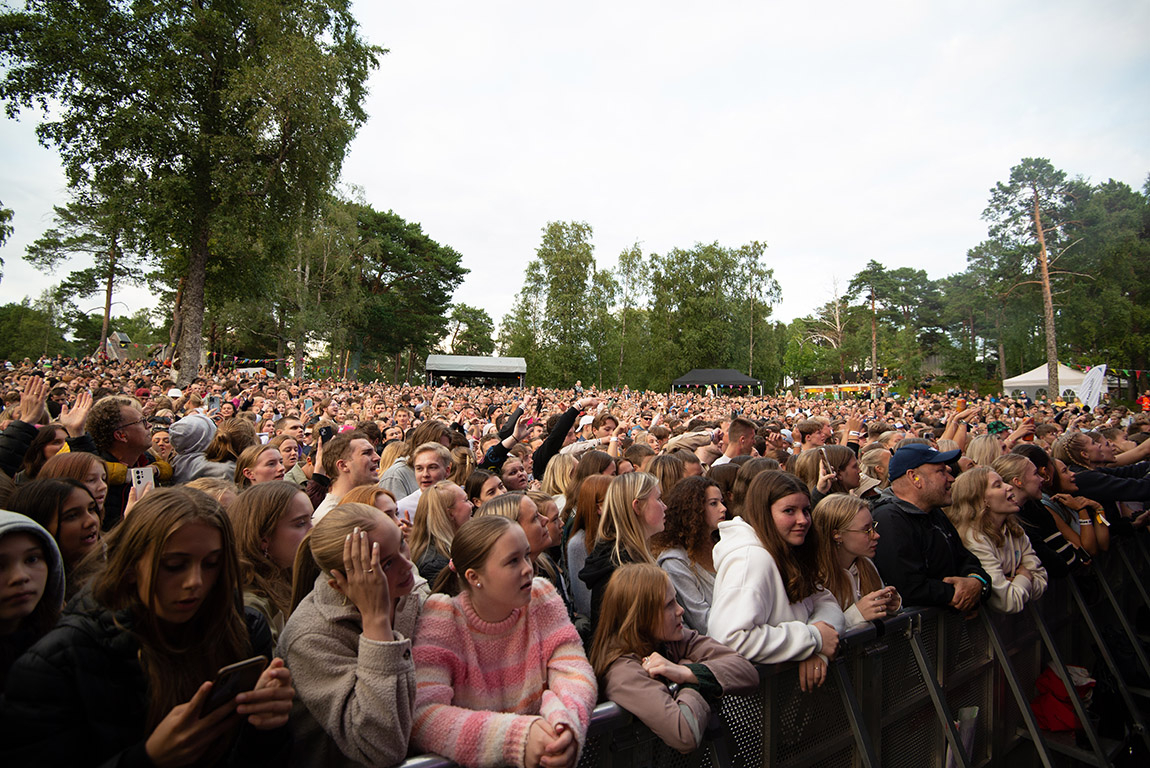
The audience at Moldejazz encompasses all age groups. Photo: Dagfinn Reppen/Moldejazz
A local community celebration
During the festival, concerts take place at a wide variety of venues in Molde, from concert halls and museums to parks, bars, rooftops and a cathedral. This year, for instance, Jimetta Rose will perform in Molde Cathedral, a perfect venue for a gospel concert which is bound to lift the souls of the audience, while Hellbillies will perform at the local Romsdal Folk Museum.
Both venues are examples of something integral to the festival’s success: the inclusion of and support from the local community. In such a small town (there are only about 32 000 people living in Molde), it is inevitable that such a large event is felt everywhere. For as long as the festival lasts, it completely takes over Molde’s main street. There are free concerts during the day and plenty of things to do for everyone.
“I grew up here and when we were kids, there was just no way we would not go into town during the festival,” Vestad, the commercial manager, explains.
For the locals, the Molde International Festival is a celebration of their home – and perhaps also of what it is possible to do in a small and isolated place if you have the will, the guts and a good idea. Indeed, today, after more than sixty years of incredible musical experiences, there can be no doubt that against all odds Molde International Jazz Festival was a very, very good idea.
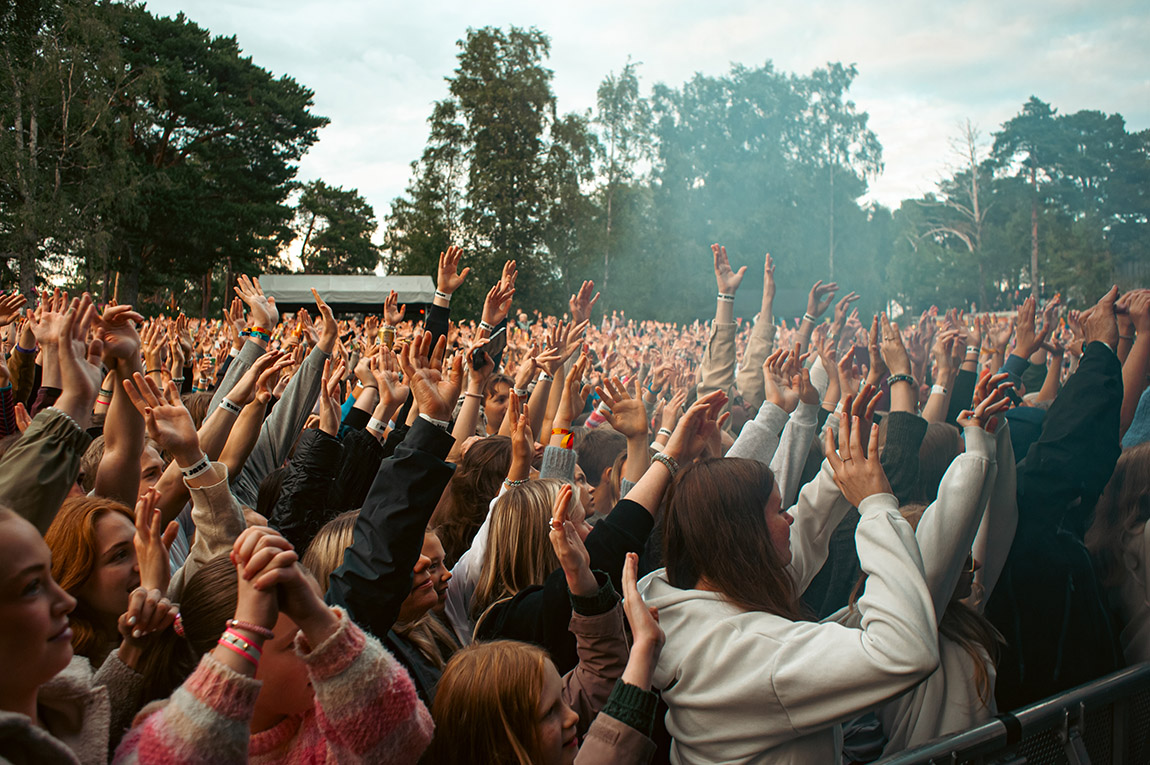
Give it up for…! Photo: Lasse Ibsen Thun/Moldejazz
Web: www.moldejazz.no/en Facebook: Moldejazz Instagram: @moldejazz Youtube: moldejazz50
Subscribe to Our Newsletter
Receive our monthly newsletter by email

